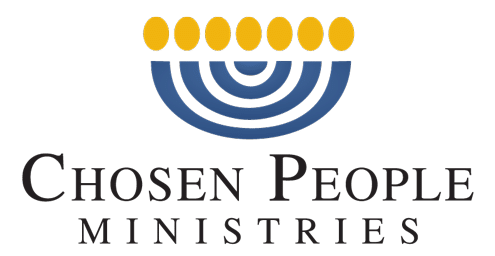WHAT IS THE AFIKOMEN?
During the traditional Passover Seder, it is customary to place three pieces of matzo (unleavened bread) inside a bag with three compartments. Early in the Seder, the middle piece of matzo is removed, broken in half, and one half of the matzo is hidden away until later in the evening. This hidden matzo is called the afikomen. At the end of the meal, the children are sent out to find the hidden afikomen, which is then broken into small pieces for everyone to eat as the dessert part of the meal. It is often said that the eating of the afikomen brings long life from God because it signifies observing the commandment to celebrate the Passover (Exodus 12).
Such a fascinating tradition whose origins are shrouded in mystery! The earliest explicit reference to the eating of the afikomen comes from the Mishnah, an early rabbinic work written in 200 C.E. Was it also present during Yeshua’s time and perhaps even at His Last Supper (which was a Passover Seder)? Luke reported, “And when He [Yeshua] had taken some bread and given thanks, He broke it and gave it to them, saying, ‘This is My body which is given for you; do this in remembrance of Me’” (Luke 22:19).
Is the bread of the Lord’s Supper the afikomen? Scholars have concluded that it is possible, even probable, that the bread held up by the Lord was an early version of the afikomen, but it is impossible to know for sure. The first point in its favor is the origin of the word itself. Although there are differing opinions on the etymology, scholars agree that the word is Greek. Jewish people spoke Greek as their primary language for several centuries before Yeshua, but they began to leave it behind in the centuries after the destruction of the Temple (70 C.E.). The tradition must have originated during this historical window, and Yeshua’s Last Supper was during that time. There are also possible allusions to the afikomen in the Didache (first century C.E.), which was written by Jewish believers in Jesus. Bishop Melito of Sardis (second century C.E.), who was a Jewish believer, also described an early Jewish-Christian Passover liturgy.
The parallels between the traditional Jewish afikomen tradition and Yeshua are striking—so remarkable that some Jewish scholars have conjectured that the tradition originated with Jewish Christians! There are three pieces of matzo in the bag, but only the second one is broken, which is reminiscent of the Son of God who was broken for our sins. The afikomen is hidden away after being publicly broken, which is reminiscent of Yeshua’s burial after His public death. Then the afikomen is found—which alludes to Yeshua’s resurrection and our Savior walking out of His tomb. Then the afikomen is given to all present as a symbol of God giving life to those who follow Him. As Yeshua said, “I am the bread of life; he who comes to Me will not hunger, and he who believes in Me will never thirst” (John 6:35). Whatever its historical origins, the afikomen is a beautiful analogy for what Yeshua has done for us.

